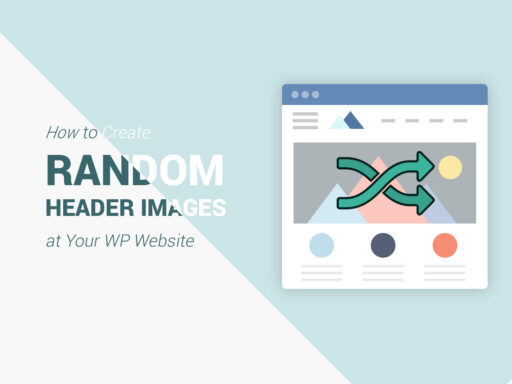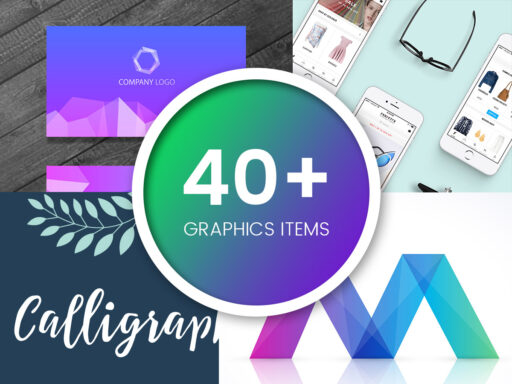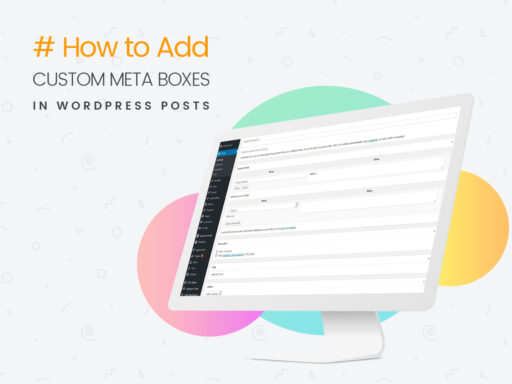A lot of modern designers, developers and IT experts work with their customers and coworkers remotely. Today’s workplace becomes a global environment, and lots of people have to work together without sharing physical office space.
Designers often collaborate with people from various countries and cities as well as connect with their customers just via email, any messenger or phone. All of this creates some gaps in communication and understanding between people of different cultures, professions, ages, and mentality.
In this post, we’ll speak on the things to help designers communicate with their customers and discuss the upcoming projects without any challenges and boundaries.
Let’s unveil some main tips to simplify your cross-team collaboration:
1. Consider the Jargon
The mutual understanding between people of different professions is impossible if they don’t use specific terms when they discuss a common project. For instance, the term “navigation” can cause misunderstanding if you make a website for a marine company and discuss the ease of website usage. It’s also important to speak on different devices and screens if you use the term “accessibility” among others.

2. Learn Your Specific Market Needs
If you start to work with a customer in a certain industry you should learn as much as possible of this industry and its peculiarities. Learn how businesses present their brands, their services and products in this particular area; find out some specific terms, and learn strong points that a business owner should showcase to a customer to make them purchase that particular product or service.
The understanding of your client’s market needs and knowing the special aspects of the business will help you refer to the correct points during a design process.
3. Specify the Terms and Deadlines
Be sure to specify the definite terms when fulfilling the tasks on every project. You can use some modern online tools or make an agreement and sign it with a customer, it’s up to you. Choose any convenient way of discussing the deadlines with your customer but make sure everything is understood right and you agree for reasonable terms and prices.
4. Stand for the Value of Design
When discussing a project with non-designers explain the importance of user needs, usability, design principles and other factors that should be compulsory when presenting their business through your design. It’s not just about their needs and expectations concerning the products they want to showcase, but it’s also about their understanding of how this product presentation should look from the designer’s point of view and from the viewpoint of usability.

5. Discuss the Revisions
If there are any changes your customers would like to make after the agreed specifications and before you finish the project, all of them should be discussed in advance. This means you can discuss the things that you agree to change due to their request and before a certain date, and then discuss the ones that can’t be changed after a certain period of project preparation. Countless revisions would be useless if a customer asks to proceed with the first variant in the end.
Conclusion:
If there are any more tips we haven’t probably mentioned in this post, feel free to speak on them in the comments below. We are happy to discuss.






